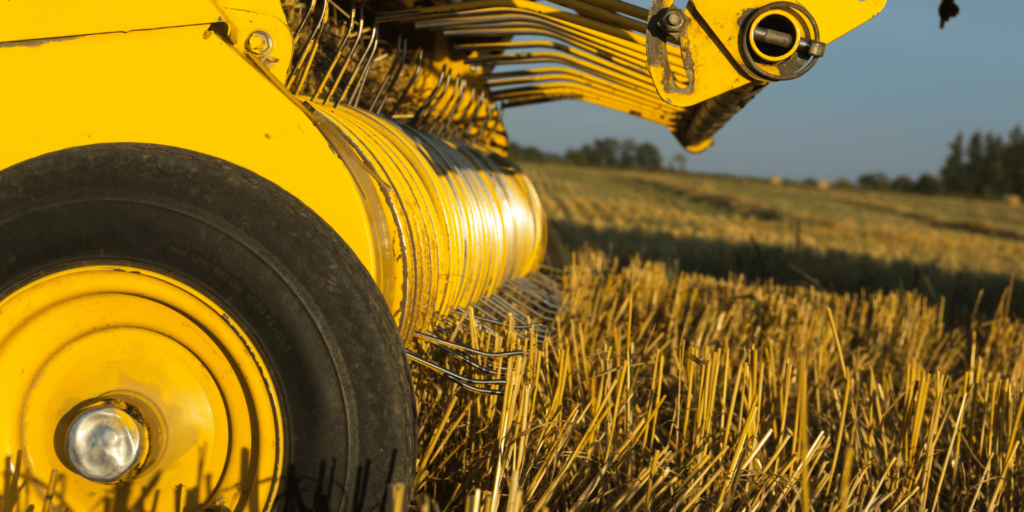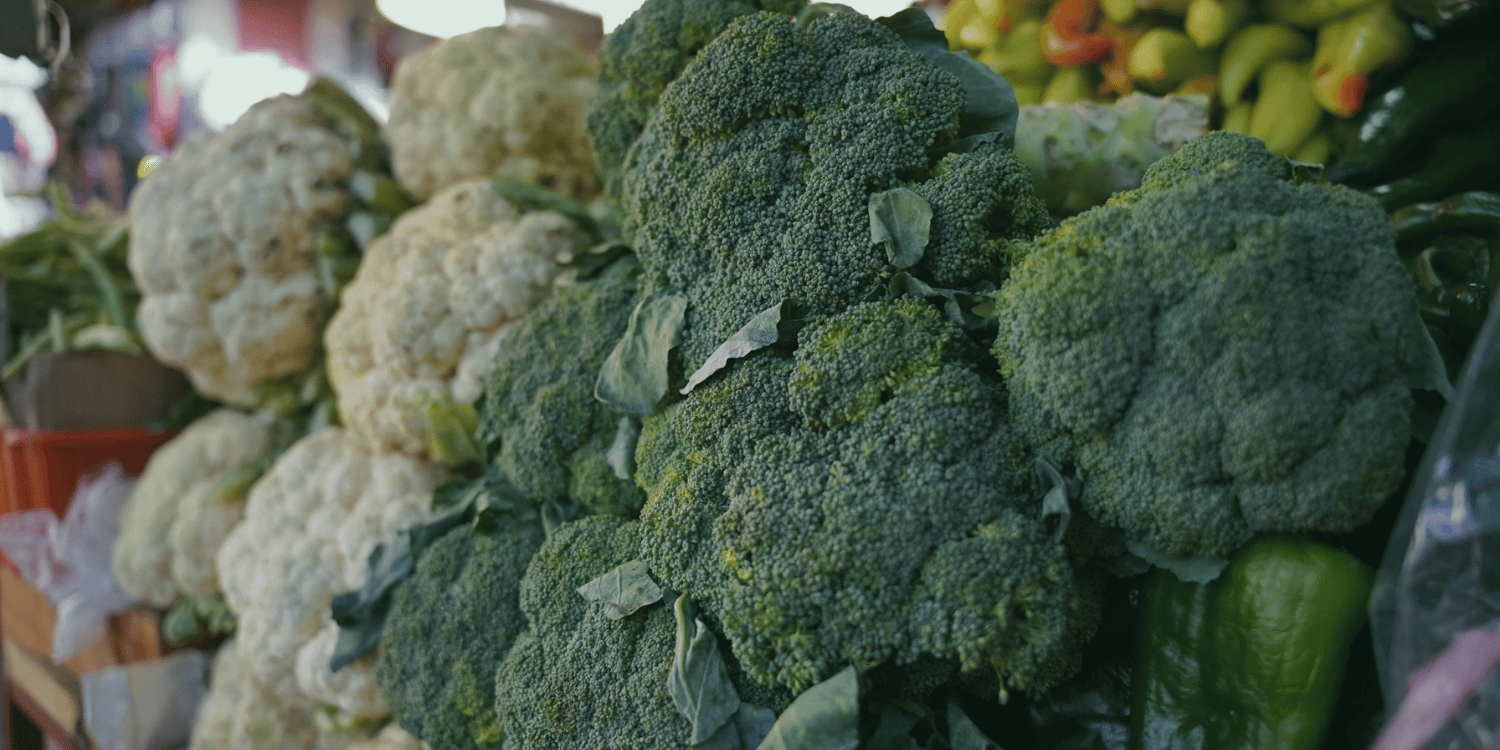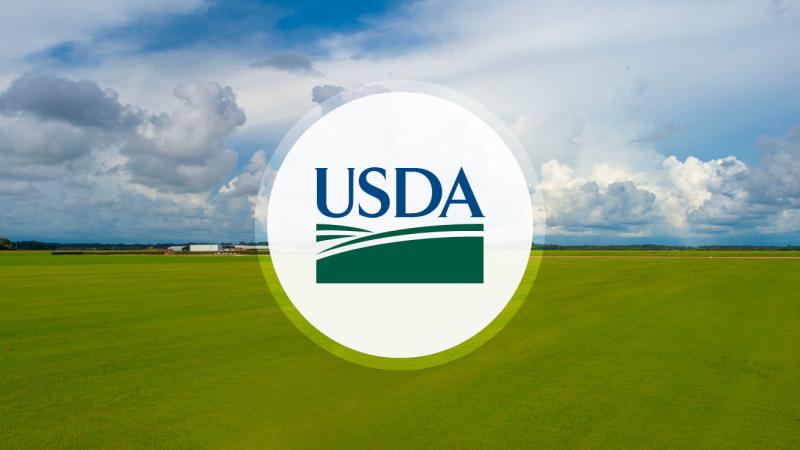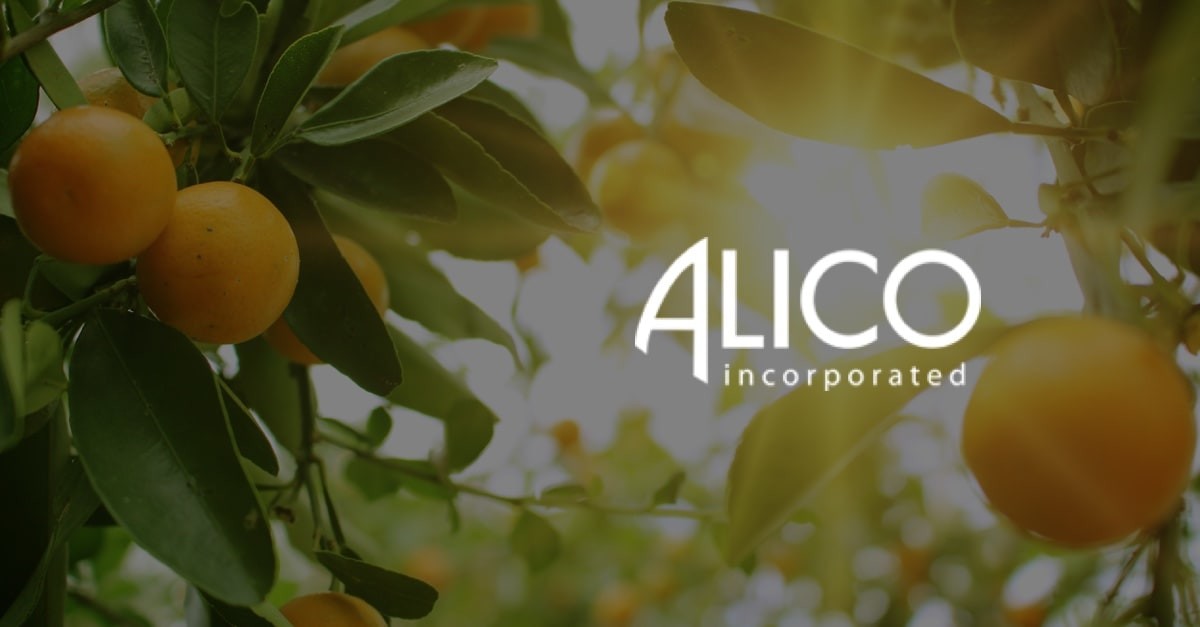Farmland prices, equipment sales, and farmer incomes continue to decline as rural economies brace for further challenges, according to the latest Creighton University survey.
The Rural Mainstreet Index (RMI) in September 2024 reached its lowest point since the early months of the pandemic, signaling continued economic struggles in agriculturally dependent rural regions.
According to Creighton University’s latest survey of bank CEOs, the index, which covers a 10-state area reliant on agriculture and energy, fell to 37.5 from 40.9 in August. This marked the 13th consecutive month that the RMI has remained below the growth neutral mark of 50, indicating economic contraction in the region.
The persistent decline in farm equipment sales and farmland prices is a significant contributor to this downturn. The September farm equipment sales index rose slightly to 19.0 from 16.7 but remained well below the growth neutral level.
This represents the 14th consecutive month of negative equipment sales, driven by rising borrowing costs, tighter credit conditions, and ongoing financial pressure on farmers. Additionally, farmland prices have fallen for the fourth time in five months. The region’s farmland index dropped to 43.8 in September, down from 45.5 in August, with many bank CEOs expecting a further decline of about 5.2% over the next year. Around 25% of bankers predict price drops between 10% and 20%.
The economic challenges in the agricultural sector are reflected in the broader expectations of rural bankers, with approximately 40% of farmers anticipated to see negative incomes in 2024. This outlook reflects a continued struggle with weak commodity prices, high input costs, and declining cash flow. As noted by Ernie Goss, PhD, from Creighton University’s Heider College of Business, “Weak agriculture commodity prices, sinking agriculture equipment sales, and elevated input costs pushed the overall reading below growth neutral for the 13th straight month.”
Despite the overall downturn, some aspects of the rural economy showed modest improvements. For instance, agricultural exports from the region increased slightly, with year-to-date figures up by $57 million (or 0.8%) compared to 2023. This uptick in exports offers a glimmer of hope amid an otherwise bleak outlook for rural businesses.
In specific states, the Rural Mainstreet Index varied, reflecting localized economic conditions. Colorado, for example, showed a substantial improvement with its RMI rising to 61.6 in September, up from 51.1 in August. Farmland and ranchland prices in Colorado also saw an increase, while hiring grew significantly. By contrast, other states, such as Kansas and Wyoming, continued to struggle. Kansas’s RMI dipped slightly to 34.1, while Wyoming’s index fell to 34.8, highlighting ongoing difficulties in these regions.
Farmers in some areas have already begun assessing the potential for losses this year. According to Jeff Bonnett, CEO of Havana National Bank in Illinois, local crop yields are expected to be down, and farmers are facing losses due to lower-than-expected corn and soybean prices. “Based on current corn and soybean prices, which are $1.50 to $2.00 below break even, I believe this will be a high percentage of farmers experiencing net losses in 2024,” Bonnett remarked.
Banking activity also reflected the broader economic challenges. The loan volume index slipped in September, though it remained relatively strong at 68.8, down from 75.0 in August. Meanwhile, the checking deposit index rose slightly to 41.3, while certificates of deposit and savings instruments continued to grow, boosted by higher interest rates. The Federal Reserve’s policy of raising rates has supported CD purchases for 22 straight months, providing some stability in the banking sector.
Nevertheless, confidence in the rural economy remains low. The confidence index, which gauges expectations for economic growth over the next six months, fell to 22.9 in September, marking its lowest point since November of the previous year. This pessimism stems from multiple factors, including weak commodity prices, falling farm income, and ongoing struggles in key sectors like equipment sales and real estate. As Goss explained, “Weak agriculture commodity prices and negative farm cash flow, combined with downturns in farm equipment sales, continued to constrain banker confidence.”
Looking ahead, rural bankers and farmers alike are bracing for continued economic difficulties, with many predicting that 2024 will be another challenging year for the region’s agricultural economy.




















